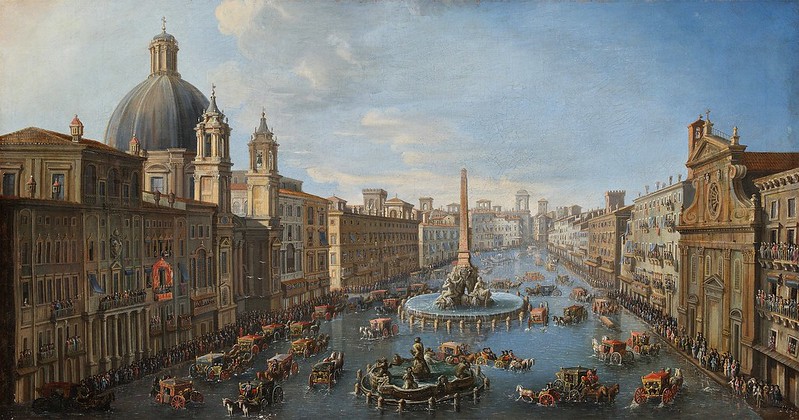Jan Lohelius Oehlschlägel (1724-1788)
- Missa Pastoralis Solemnis ex D (1761)
Performers: Ivana Kvasnickova (soprano); Virginie Walterová (alto); Richard Sporka (tenor); Marc Niubo (bass);
Ceskeho Rozhlasu Orchestra; Cantores Pragenses; Josef Hercl (1928-2005, conductor)
Further info: Weihnachten An St. Jakob
---
Bohemian composer, choirmaster, organist and organ builder. He was a
pupil of Jana Jiřího Weidiga, the choirmaster of Duchcov, and later in
Prague he studied with Josef Anton Sehling. In 1737 he received
financial support by Emanuel Filibert von Waldstein of Duchov and he was
addmited to the Jesuit monastery of Bohosudov where he was appointed as
organist in a time he was finishing his studies of philosophy and
theology. In August 1747 he entered the Premonstratensian Order and
definitively took his monastic name of Jan Lohelius, under which most of
his music was written. He was appointed as choirmaster of the monastic
churches at Milevsko (1749-50) and at Strahov (1756). He also spent 15
years rebuilding the Strahov church organ, making it one of the best and
largest in Bohemia at the time (Mozart tested and admired it in 1787).
As a composer, he mainly wrote sacred music in a pre-Classical and early
Classical style close to his fellows Antonio Boroni and F.X. Brixi. He
died in Prague in February 1788.

















